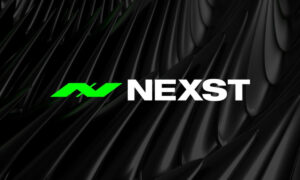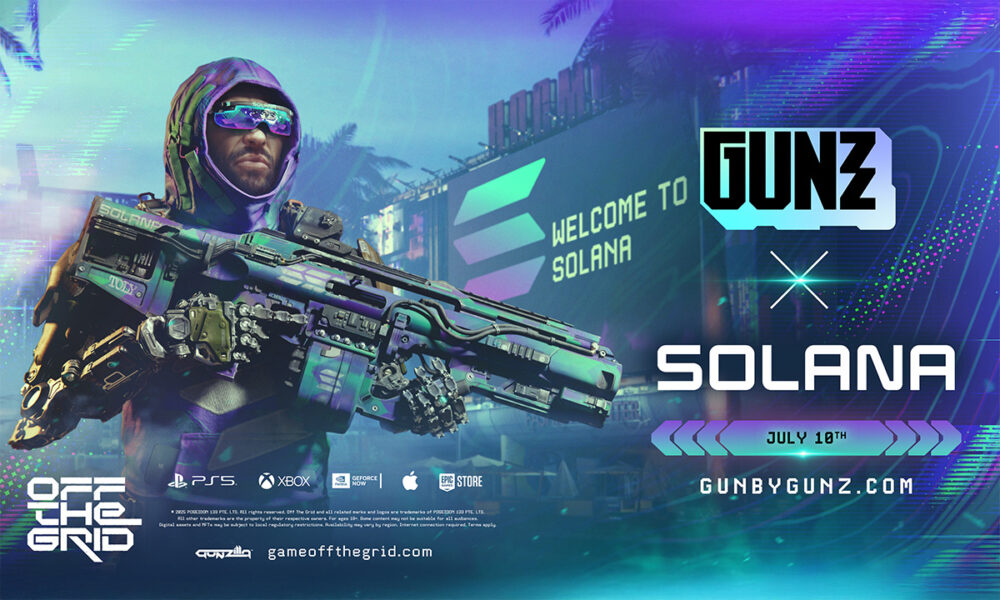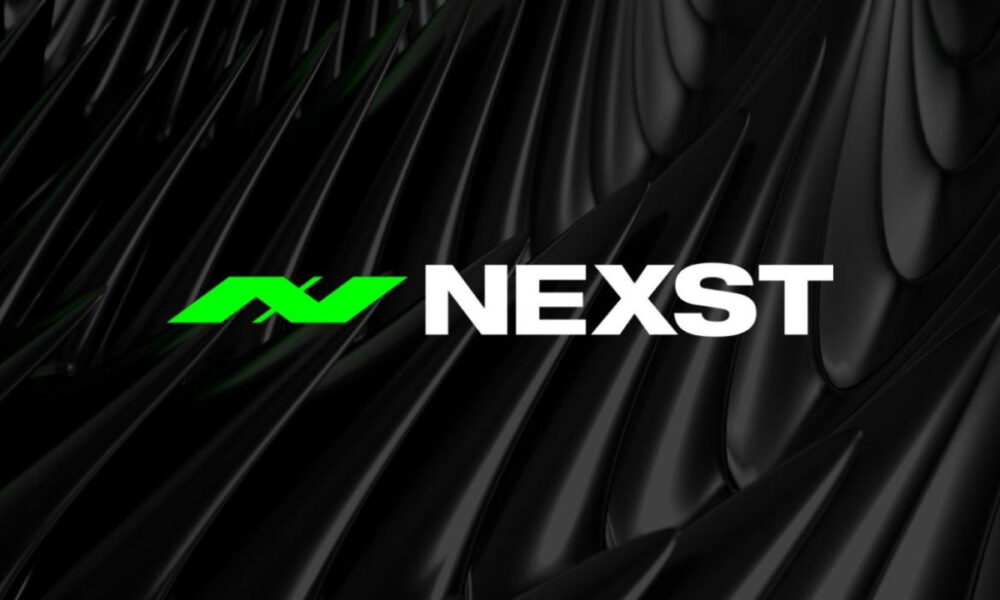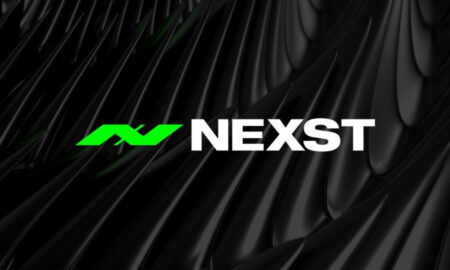The exponential growth of data across diverse platforms has ushered in an era of unprecedented opportunities and challenges for organizations. Data, once siloed and static, now has the potential to be transformed into dynamic, actionable insights through innovative technologies. At the forefront of this transformation are Large Language Models (LLMs), which have become a cornerstone of natural language processing. These advanced AI models enable the creation of sophisticated chat interfaces that bridge the gap between raw, complex data and user-friendly conversational interactions.
This article explores how LLMs can be utilized to design natural language interfaces that integrate with heterogeneous data sources, including CSV files, SQL databases, and NoSQL systems like Cosmos DB. By leveraging platforms such as Azure OpenAI, developers can create intelligent, scalable chat interfaces, empowering users to interact with data seamlessly and intuitively. Through groundbreaking research and practical applications led by industry innovators like Deepak Jayabalan, this field has seen remarkable progress, paving the way for businesses to unlock new levels of data accessibility and decision-making capabilities.

Deepak Jayabalan
Revolutionizing Data Interaction with LLMs
The rapid evolution of LLMs has redefined how we interact with data. As Deepak Jayabalan, a pioneer in this field, notes:
“The power of LLMs lies in their ability to transform static data into dynamic, accessible insights. By integrating these models with various data sources, we can create a conversational interface that simplifies complex data queries and enhances decision-making.”
This vision highlights the transformative potential of LLMs in creating natural language interfaces capable of bridging disparate data sources. By abstracting the underlying complexity of data systems, LLMs empower users to engage with data through simple, conversational queries, regardless of the technical intricacies involved.
Use Cases of LLM Chat Interfaces
Chat with CSV Files
One of the most accessible yet impactful applications of LLMs is building chat interfaces over CSV files. Traditionally, working with CSV files requires a basic understanding of tools like Excel or scripting languages for data parsing. However, LLM-powered chat interfaces eliminate these barriers by enabling natural language interactions.
For example, users can upload a CSV file containing sales data and query it conversationally:
- What were the top sales last quarter?
- Which products had the highest profit margins?
The AI model parses the natural language input, generates the corresponding operations on the dataset, and returns the requested insights in real-time. This approach transforms static CSV files into interactive, dynamic knowledge bases, democratizing access to data insights.
Chat with Structured Data (SQL and NoSQL Databases)
Structured data stored in SQL databases or NoSQL systems like Cosmos DB presents another compelling use case. Traditionally, querying these databases requires specialized knowledge of SQL syntax or familiarity with NoSQL query languages, a skill set not commonly possessed by non-technical users.
With LLM-powered chat interfaces, users can pose questions in natural language, and the AI automatically translates these queries into appropriate SQL or NoSQL commands. For instance:
“Show me all customers who purchased more than $1,000 last month.”
The AI generates and executes the SQL query, returning the requested data instantly. In the case of Cosmos DB, the AI can generate queries to retrieve specific documents or subsets of data, offering an intuitive way to interact with document-based databases.
Chat with Multiple Data Sources
Perhaps the most transformative application of LLMs lies in their ability to integrate and query multiple data sources simultaneously. Modern organizations often operate with a blend of data formats, CSV files, SQL databases, and NoSQL systems, creating significant challenges in querying and analyzing data cohesively.
Deepak Jayabalan’s research has demonstrated how LLMs, in conjunction with AI orchestration tools and Azure services, can unify these diverse data streams into a single conversational interface. Users can now pose complex, multi-source queries such as:
“What were the total sales in Q2, and how do they compare with last year?”
The AI seamlessly integrates data from multiple sources, providing a consolidated, actionable response. This capability not only reduces the complexity of data queries but also enhances organizational efficiency by offering a holistic view of data insights.
“Organizations are increasingly dealing with data spread across different platforms. The key challenge is not just accessing this data, but making sense of it. With LLMs, we can bridge these silos and provide a unified, conversational approach to querying multiple data sources simultaneously,” – Jayabalan.
The Innovator Behind the Breakthrough: Deepak Jayabalan
The advancements in this domain are spearheaded by Deepak Jayabalan, a recognized leader in the integration of AI with data systems. As a Data Engineer and Machine Learning expert at Meta, Jayabalan’s work has set a new benchmark for how LLMs can be applied to heterogeneous data sources.
Jayabalan’s approach focuses on making data accessible to everyone, regardless of technical expertise. By combining LLMs with diverse data formats, he has developed powerful, intuitive chat interfaces that allow users to ask complex questions and receive straightforward answers. His groundbreaking work has enabled organizations across sectors, from finance to healthcare, to derive meaningful insights from their data with unparalleled ease.
“My goal is to make data more accessible to everyone, not just those with technical expertise. By integrating LLMs with multiple data sources, we’re giving businesses the power to ask complex questions and receive simple, understandable answers,” – Jayabalan.
Real-World Applications and Impact
The ability to query data through natural language interfaces is revolutionizing industries in numerous ways:
- Customer Service: LLM-driven chat interfaces enhance customer support by enabling users to ask questions and receive instant answers, whether it’s for order tracking, product information, or technical support.
- Business Intelligence: Non-technical users can interact with business data directly, bypassing the need for data analysts to generate reports. This accelerates decision-making and empowers teams to act swiftly.
- Healthcare: Medical professionals can query patient records, clinical trials, and research databases conversationally, expediting healthcare delivery and improving patient outcomes.
“In fields like healthcare, the ability to query data through natural language has the potential to dramatically speed up decision-making. Imagine a doctor being able to ask questions about patient history or the latest research while consulting directly with a database, this is the future we’re building,” – Jayabalan.
Looking Ahead: The Future of Chat Interfaces in Data Integration
As industries continue to generate vast volumes of data, the ability to create intelligent chat interfaces capable of navigating and querying multiple data sources will be indispensable. The innovations pioneered by Jayabalan and others in this space provide a clear roadmap for leveraging AI to enhance data accessibility and usability.
By combining LLMs with platforms like Azure AI services, developers can create scalable, adaptive chat interfaces that simplify complex data interactions. These advancements are paving the way for a future where natural language becomes the primary interface for exploring and understanding data.
Looking ahead, the potential applications of LLM-driven chat interfaces are boundless. From improving operational efficiency to driving innovation across industries, the impact of these technologies will be profound. As Jayabalan aptly puts it:
“We are on the brink of a revolution in how we interact with data. With LLMs, we’re not just improving query efficiency, we’re redefining how people access and understand information. The future is conversational, and I believe it’s the key to unlocking the true power of data.”
Conclusion
The integration of LLMs with heterogeneous data sources represents a paradigm shift in data interaction. By enabling natural language communication with complex data systems, organizations can unlock the full potential of their data, making it more actionable and accessible than ever before.
As demonstrated by the pioneering work of Deepak Jayabalan, the future of data interaction is not just about querying faster or more efficiently. It’s about empowering users to engage with their data intuitively, breaking down barriers of technical expertise, and driving informed decision-making across industries. The future is indeed conversational, and with the ongoing advancements in LLM technology, that future is closer than ever.


































